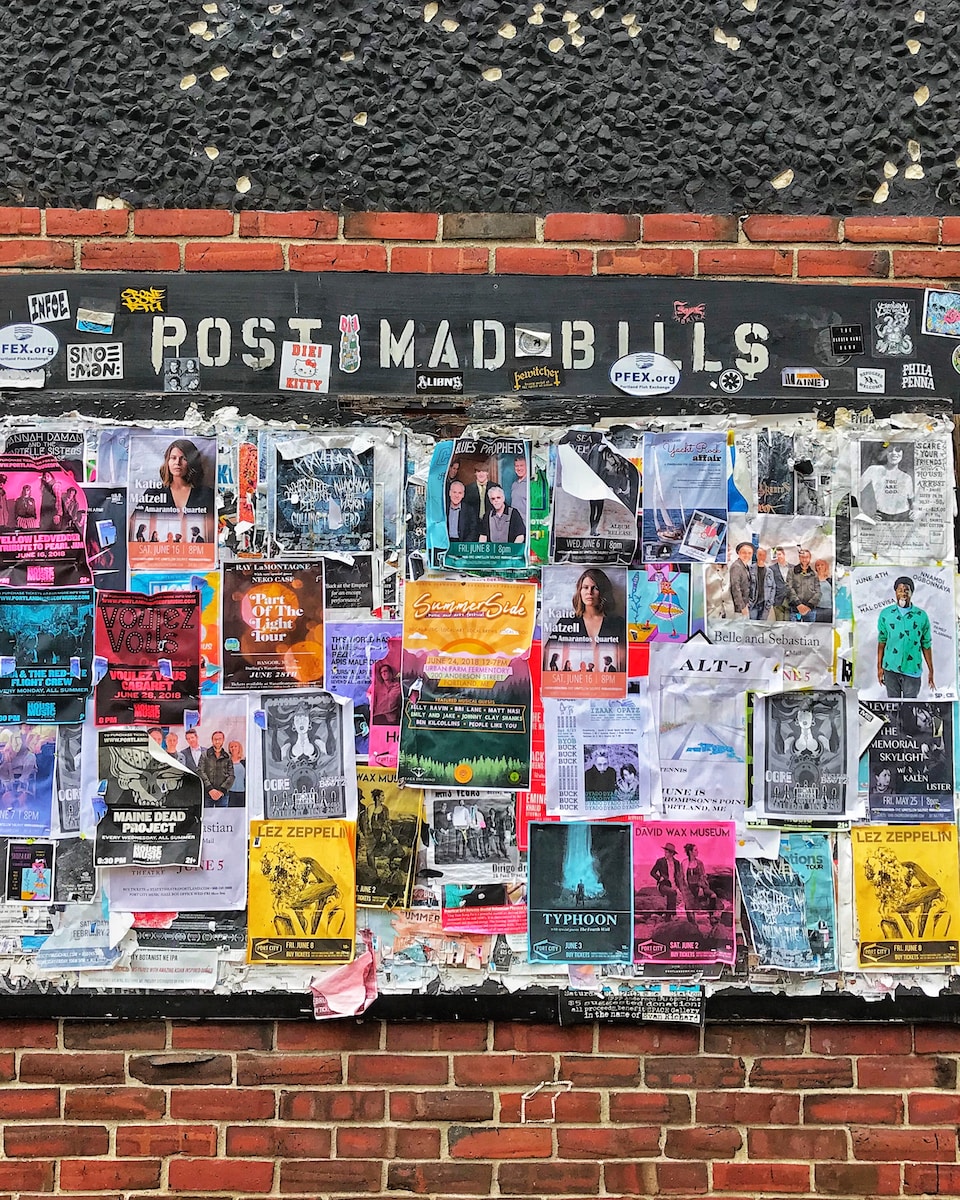If you happened to catch the hilariously spiky new series of Catastrophe on Channel 4, you may have subliminally spotted the bright colours of yours truly translation services flash by in a mock ad on the side of a bus. Yes, finally at Brightlines Translation we got our 1.5 seconds of fame in collaboration with TV’s carnivorous comedy duo Sharon Horgan and Rob Delaney.
But we won’t let it go to our (oh so very bright) heads. Instead, here are some inspired insights on how you can avoid catastrophe when it comes to marketing translation.
Marketing translation fails – catastrophic examples
Now, while our bus ad was a joy, the list of advertising and marketing translation catastrophes is as long and as dirty as Sharon Horgan’s laugh. How about when The American Dairy Association translated their “Got milk” line for a Mexican audience and it ended up meaning “Are you lactating?”

And look at Ford, when they translated “Every car has a high quality body”. It ended up meaning “every car has a high quality corpse” in Belgium. And Schweppes messed up in Italian, when “Schweppes Tonic Water” became “Schweppes Toilet Water”.
These are all too disturbing, so I’m going to move on to what you need to do to avoid making translation mistakes. But if you’re still hungry for schadenfreude, here’s a list of The 11 Worst Foreign Ad Translation Fails from Business Insider.
Marketing translation catastrophes – how to avoid them
So here are our top tips on how to avoid catastrophe in your marketing translations – whether they’re ecommerce advertisements translation, technical translations, website translations, subtitle translations or multilingual voice-over translations. Whatever translation project you’re working on, there are a few simple but critical rules you should follow.
- Avoid automated translation
Anyone considering using an automated translation service such as Google Translate is just asking for trouble. Sure, it might be useful for rough drafts, but machine translation software is still not sophisticated enough (will it ever be?) to understand the nuances of language in the same way a native-speaking human can. You could end up doing your marketing campaign more harm than good, with high quality corpses, toilet water and who knows what else.
Instead, for a high quality translation choose a translation service that provides an holistic, transcreative approach to translation. That way your marketing message is not only accurately translated, but it will stand head and shoulders above your in-country competitors.
- Know your audience
Do your research. Make sure you really understand your audience and the language that resonates with them. Memorable puns and colloquialisms that work brilliantly in the source language won’t necessarily translate easily, so be confident that your translation service can maintain the same style and level of writing as the source language.
- Allow time for translation
It’s a common misconception that a translation can be completed as quickly as the words can be typed. This is not the case. A high quality translation, legal or technical translation can take as long to translate as the original work itself.
When considering ad copy, for example, you’re basically employing a copywriter to review the entire concept from their native language. Effectively, that means starting from scratch. And when it comes to long copy translation, the maximum a professional translation service can translate in a day is 2,000 to 3,000 words, depending on the content. So make sure you plan thoroughly and factor these considerations into your time-planning and budget.
- Be wary of cheap translation services
It’s the old adage: if the price seems too good to be true, it probably is. Watch out for translation services offering purely per-word rates – and low ones at that. You could find that you’re risking your campaign and business with poor, machine translations. Or that you get stung at the end of the project with additional costs for setup, management, technology, for fast-tracked urgent work or extra copy changes.
Do your homework on translation service providers. Check out their clients and case studies. How long have they been going as a business? Do their clients speak highly of them? Do they retain their clients over the years? Check out this blog from last year: How to choose a translation agency.
- Write a detailed brief
I can’t stress how important a good brief is. And it’s entirely up to your translation service provider to question your brief and discuss it at length so everyone is confident that everyone else understands exactly what is required, when, how and who from.
As a client, it’s important that you invest time and thought in this and include all relevant stakeholders, so the project is a success from the start and you avoid ending up with any unpleasant surprises.
- Be aware of cultural sensitivities
Your translation service provider should use native translators who are aware of local cultural sensitivities such as those relating to religion, politics and so on.
If you’d like to find out more from us, drop us a line or give us a call – we’re happy to chat through any questions or go into more detail for your specific project.







